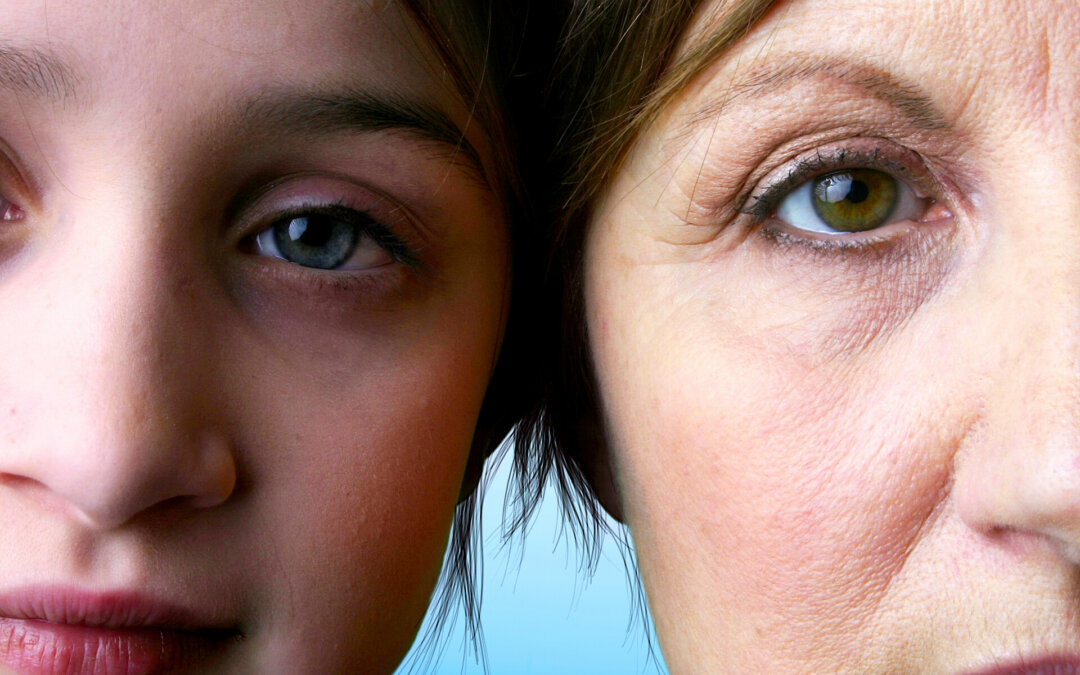Does your eyes look tired?
Even if you’ve drunk lots of water and getting good nights sleep?
Tear trough treatment or treatment under the eyes is a popular request. It’s one of my favourite treatments because you see the results immediately.
There are different presentations that require different treatment approach. If the anatomy is not respected, it can result in puffiness and worsening of the tired look.
In this blog, I will share treatment options for:-
- Hollowness
- Puffiness
- Dark circles
- Lines and wrinkles
- Creppey skin
But before that, let’s quickly go through what is a tear through.
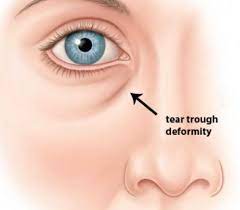
Tear trough is a small depression underneath the eye and above the cheek.
Not everyone has this depression so it’s commonly called a “deformity”. It’s called a “trough” because that’s where the tears flow down from the eyes. The area can be more pronounced as we age but some small children also have it due to genetics.
This depression may make you look more tired, hollowed out and look like you have dark circles due to the shadows. There is also different grading to the tear trough hollowing.
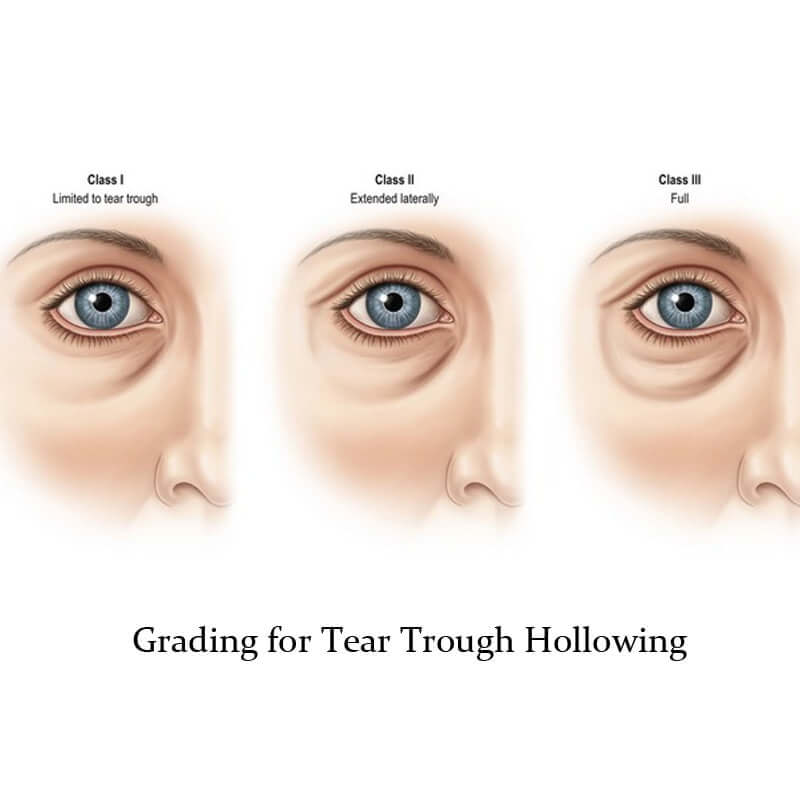
HOW DO WE TREAT THE TEAR THROUGH?
It depends on a few factors including if there is associated skin laxity, skin pigmentation, water retention or volume loss in the cheeks.
The common treatment option is to reduce the depression, by “filling” it with hyaluronic acid dermal filler.
That is only one part of the treatment plan.
Unfortunately I do receive messages from women who’ve had fillers under their eyes elsewhere and needed to be dissolved because the wrong product was used, too much was used or it was placed in the wrong place.
During the assessment, we need to decide if it’s a TRUE tear trough or a FALSE tear trough.
A true tear trough is a true depression with hollowing.
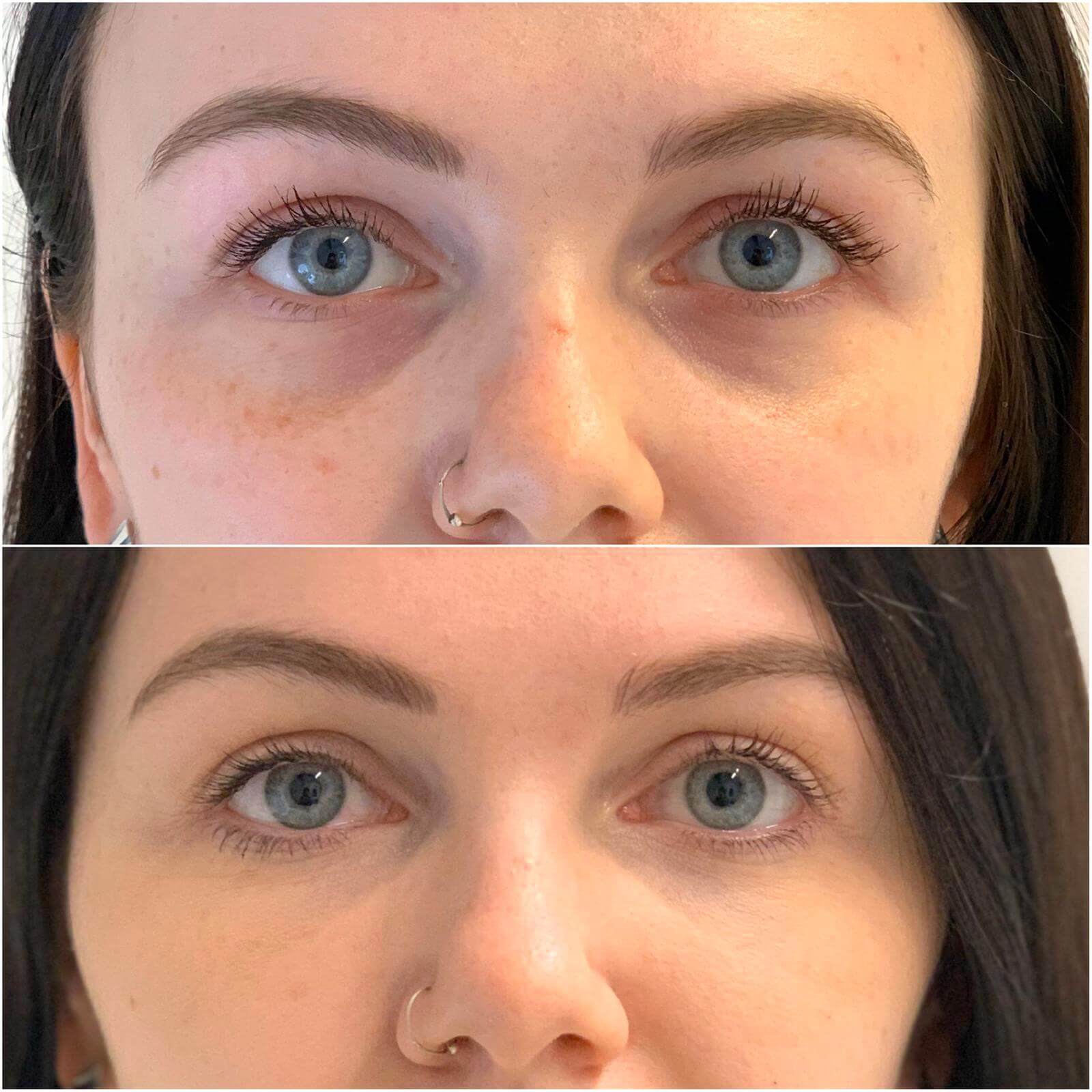
A false tear trough is when the area above the “depression” is puffy so it looks like there is more depression below.
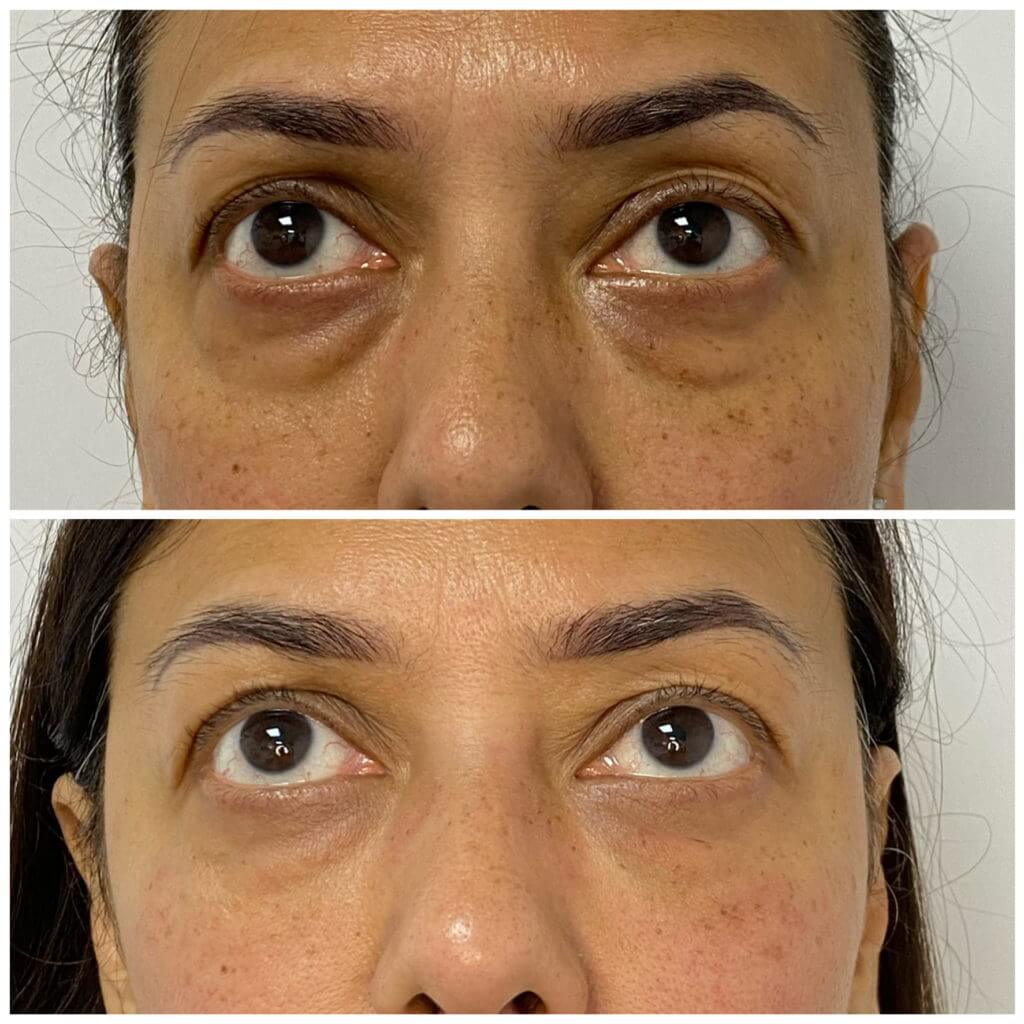
BOTH will benefit from treatment with dermal filler BUT where it is placed will be different.
Placing dermal filler in the wrong place for a false tear trough can make it look puffy.
For the false tear trough, dermal filler needs to be placed strategically to blend the area so the puffiness is not as visible.
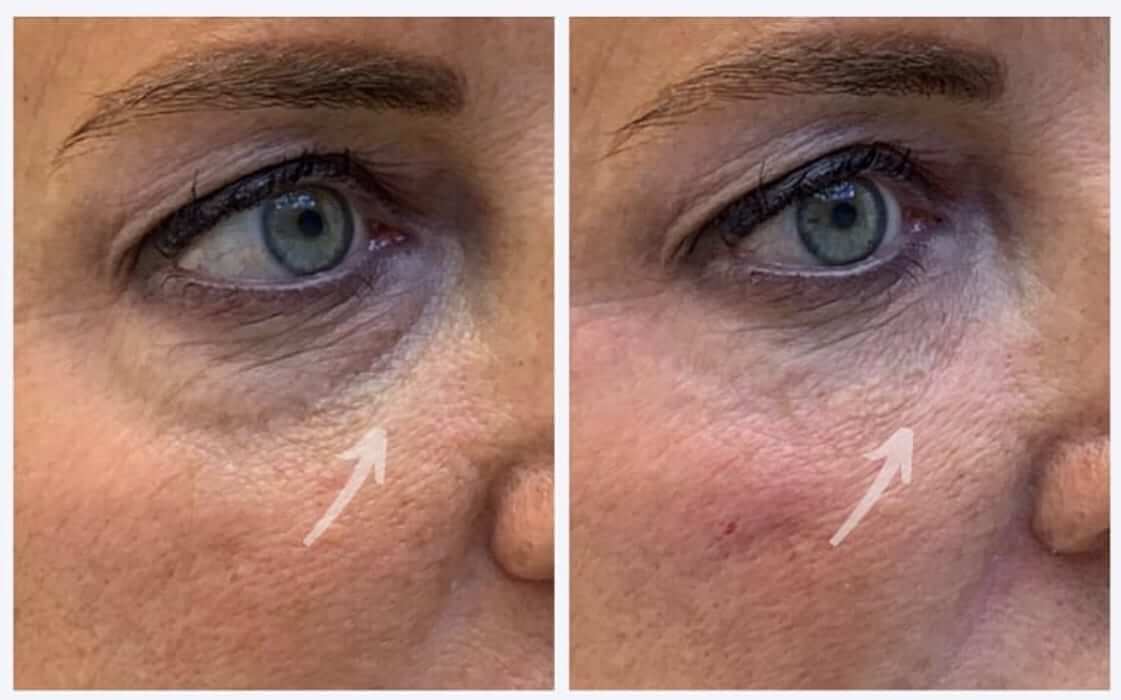
We also need to decide if there is volume loss in the midface (space between the eye and cheek, ear and nose). This is commonly seen as we age where the underlying fat pad shrinks, creating a flatten area in front of the cheeks.
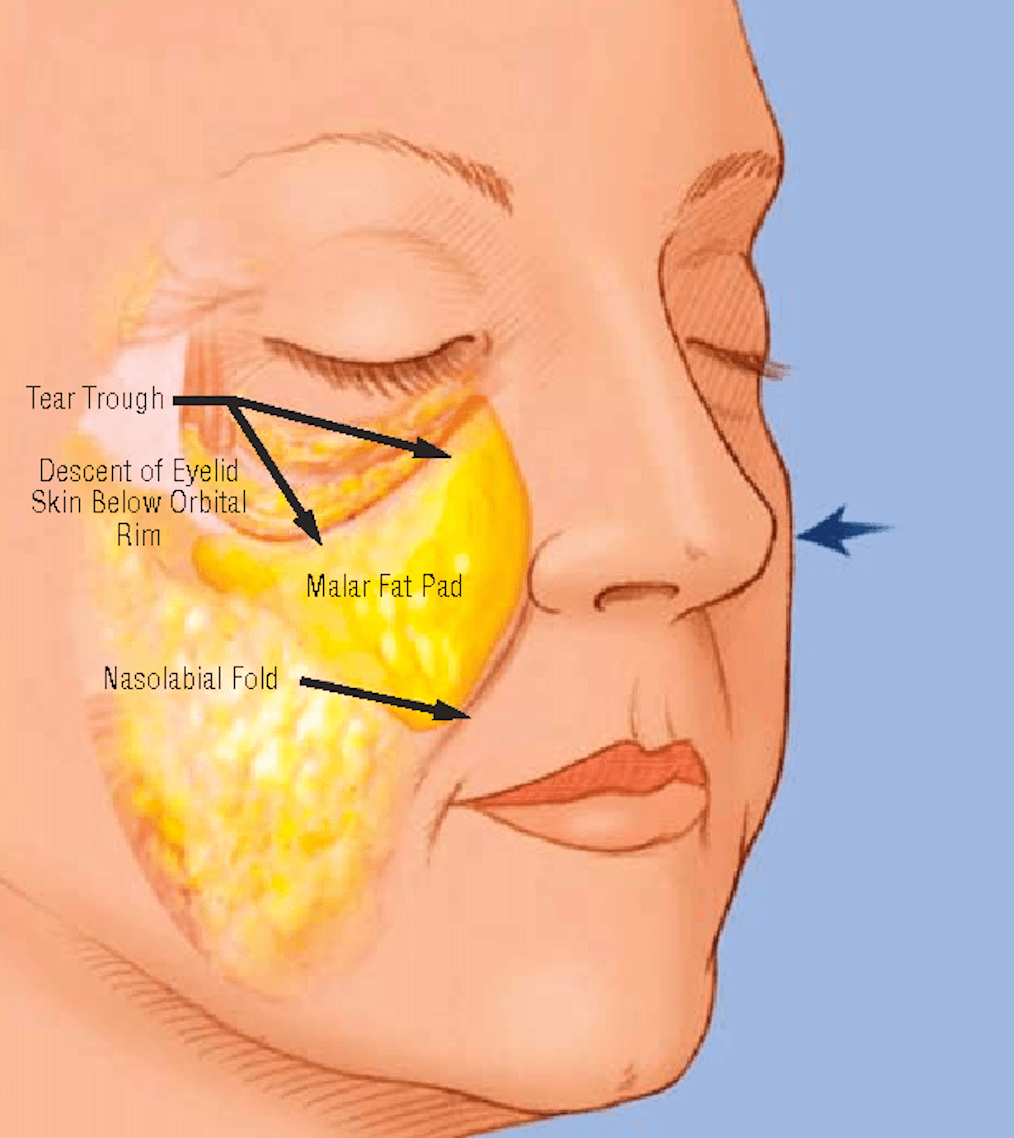
This can be seen as prominent lines down the cheeks and worsening of the nose to mouth lines.
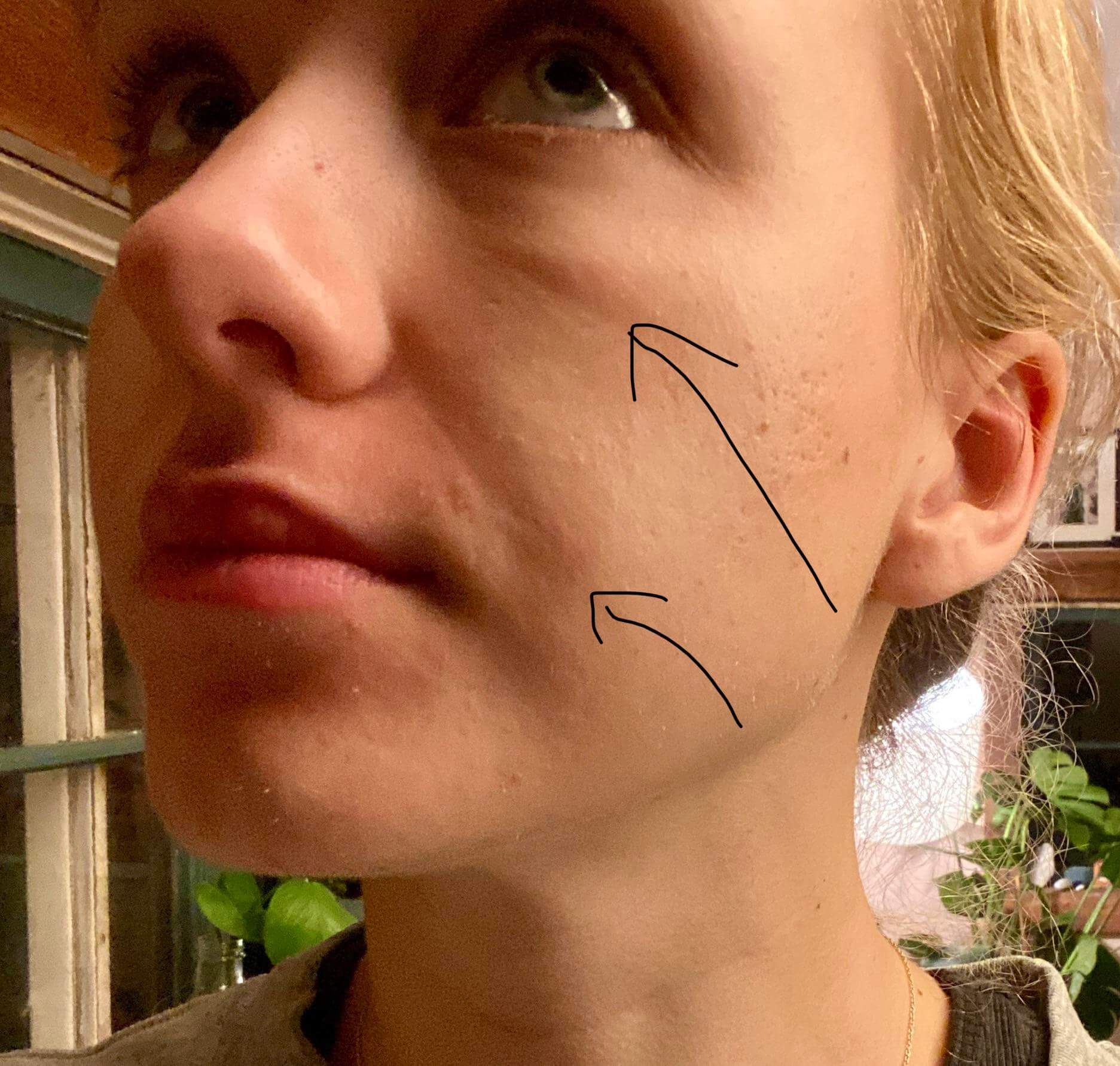
If there is mid-face volume loss, I would recommend restoring the volume in the area to give better structural support to the tear trough. This is done by using a high density dermal filler which can provide the support and projection of the flatten area.
Addressing the mid-face area first can often improve the tear trough so that less dermal filler is required under the eyes or none is required at all.

HOW LONG DOES IT LAST?
The dermal filler under the eyes last about 6-9 months. The high density filler in the cheeks can last up to 18 months. Variability in longevity will depend on your metabolism. The higher metabolism will result in quicker breakdown of the dermal filler.
Lifestyle factos that increases ageing e.g. smoking, excessive UV exposure, stress, inflammatory diet and alcohol can speed up breakdown of collagen and elastin, thereby reducing longevity of the treatment.
WHAT ARE THE RISK?
With any injectible procedure, there is a risk of bruising, swelling and infection. There is also a risk of over-filling with bulging of the filler. Hence why it’s important to aim for subtle improvements and not over-correction.
The big risk of permanent eye swelling, risk of blindness with the filler going into the eye and risk of stroke with filler migrating to the brain is VERY RARE. That’s why it’s SO IMPORTANT to choose your injector carefully who knows the anatomy of the area, knows how to safely inject and PREVENT these big risk. Experienced injectors also know how to diagnose and treat emergencies.
HOW DO I MINIMISE THE RISK?
I ONLY use Teosyal Redensity II which is licensed to treat the tear troughs. It contains cross-linked hyaluronic acid to restore volume and also amino acids to help with skin health.
I use a cannula (a fine blunt tube) to minimise bruising and complete the treatment over 2 sessions, 2 weeks apart.
This area is prone to bruising and swelling so it’s best to plan it when you don’t have a big event coming up.
I always under correct the first session to give space for the swelling to occur. Hyaluronic acid dermal fillers absorb water so swelling is expected in the first 24-48 hours. Once swelling has settled in 2 weeks, I then assess to see how much more we need to correct.
WHAT ARE THE ALTERNATIVES?
If there is mild depression, a course of PRP (platelet rich plasma) or skin boosters can help improve the area. It stimulates the production of collagen and elastin in the area, plumping the skin
However since it’s injected through multiple needle points, risk of bruising and swelling is higher and a course of treatments can end up being more expensive than a one time dermal filler treatment.

You can combine these treatments with dermal fillers to improve the quality of the skin, the firmess and the colouration.
If there is pigmentation of the skin, I would recommend pigment reducing skin care and a course of skin booster, Suneskos which helps to thicken the skin, improve skin laxity, reduce lines, wrinkles and pigmentation. It has less downtime and risk of complications compared to skin peels and lasers. You can also combine this with microneedling, a form of physical collagen induction therapy.

If you have a lot of excess skin, then I would recommend getting surgical advise for possible surgical repair.
I hope you found this blog useful.
If you like my approach and would like me to assess your suitability for tear trough treatment, please get in touch with my team on [email protected] to book an appointment.
Until next blog, here’s to looking less tired and healthier.
Dr Terry

